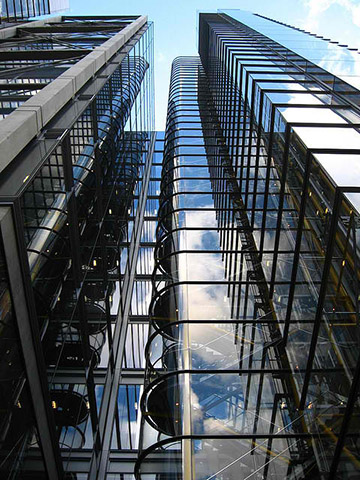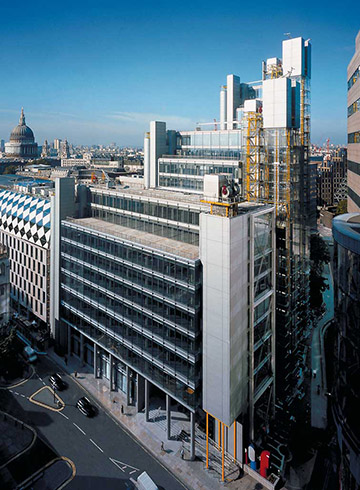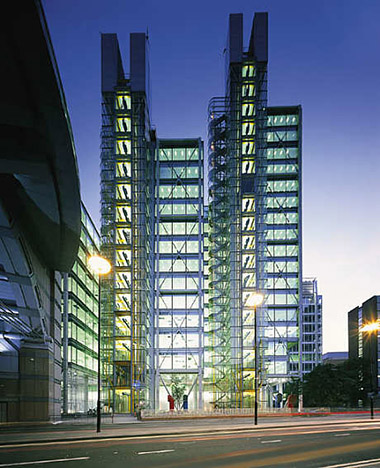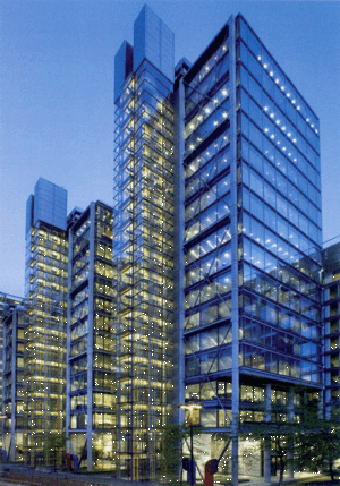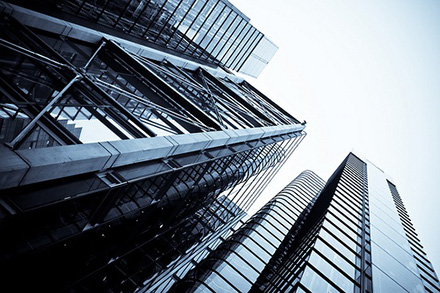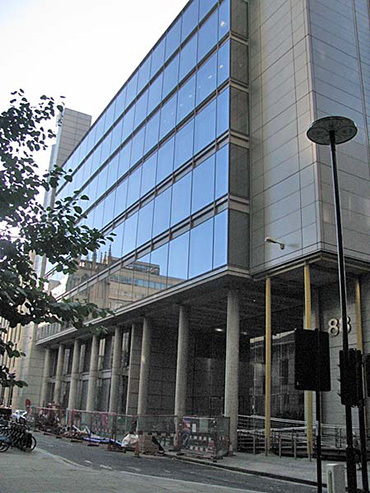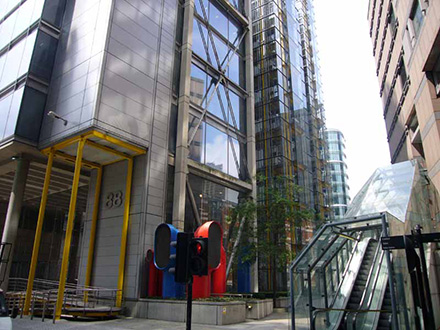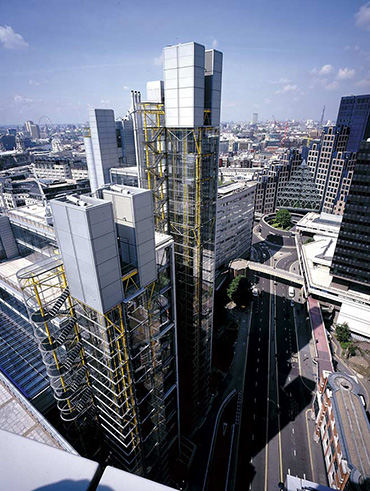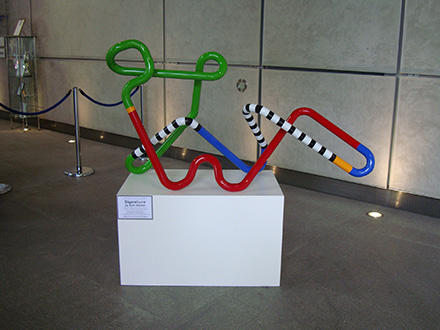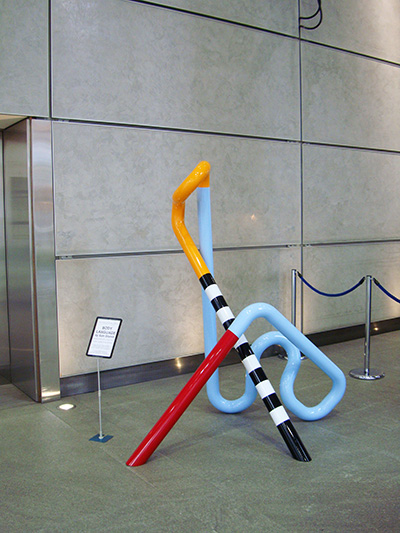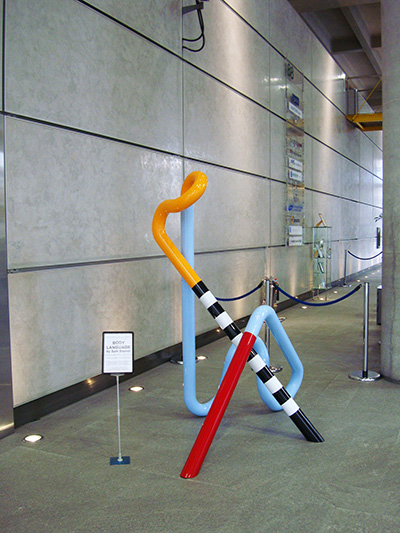 home
about
artists
exhibitions
press
contact
purchase
home
about
artists
exhibitions
press
contact
purchase |
|||||||||||||||
|
WOOD STREET |
|||||||||||||||
|
88 Wood Street is a commercial skyscraper in London, located on Wood Street in the City of London. The architect was the Richard Rogers Partnership (RRP), now known as Rogers Stirk Harbour + Partners. The building was constructed between 1993 and 2001. The 18-storey structure has an office space of 33,000 m2 In 1990, following a limited design competition, RRP was commissioned by Daiwa Europe Properties to design their new London headquarters on a site at the corner of Wood Street and London Wall. The twin economic recessions that hit Europe and the Far East, however, obliged Daiwa to rethink its strategy and the prestigious headquarters project was abandoned. The site stood vacant for three years, after which a new brief was given to RRP to design a speculative, high-quality, commercially lettable building, larger and more economical than its predecessor. The site lies at the heart of the City of London, between St Paul's Cathedral and Moorgate. It previously housed two telephone exchange buildings, one of which had been spot-listed prior to the commencement of the works. The building was subsequently de-listed and demolished along with a 1960s office building. Within the existing basement, however, was a fully functioning British Telecom exchange chamber, which was required to remain in operation during demolition, construction and occupation of the new building. Eighty-eight Wood Street is adjacent to the tower of the Grade I listed St Alban's Church, designed by Sir Christopher Wren (the remainder of the church was destroyed during World War II). In addition, the site is bounded by two historic churchyards; St Mary's to the south and St Olaves to the west (the latter destroyed in the Great Fire of London) . Surrounding the site are various contemporary buildings ranging in height from four to 23 storeys. Planning permission was granted for the initial headquarters scheme in 1992. The development was the subject of protracted and complex planning negotiations with the Corporation of London planning department especially in relation to viewing corridors from the South Bank, St Paul's Cathedral and the Barbican terrace. In order to avoid resubmitting a new application, the development envelope established by the initial application was adhered to for the second design, despite the requirement for more floor space. The 33,000 square meter building is arranged as three linked blocks of office accommodation that step up from eight storeys on Wood Street, where the context includes two listed buildings, to fourteen and finally eighteen storeys to the west, responding to the taller built topography towards London Wall. By using the extensive basement of the demolished telephone exchange for plant, roof levels were kept largely free. The office wings are constructed of in situ concrete which contrasts with the lightweight, steel-framed service towers containing toilets, lifts and dramatic, fully glazed stairs. The use of brilliant colour enhances their impact - air intakes and extracts at street level are also brightly coloured, contrasting with the neutrality of the occupied floors. The generosity of the scheme is reflected in the spacious, 8 metre-high entrance lobby, floored in granite as an extension of the external landscaping. This reception area features a 54 metre-long wall running the length of the building. The facades of the main office floors are glazed from floor to ceiling to maximise daylight and views - in addition, levels 8, 12 and 16 lead directly onto roof terraces with spectacular views over the city skyline. Hay Hill Gallery is collaborating with ARTful Ltd, exhibiting contemporary sculpture at the entrance hall of 88 Wood Street business centre. Featured Artist: Sam Shendi’s works references the work of “minimalism”, the style of paring-down design elements and focusing on the medium of steel, aluminum and paint. Some of his works are deceptively simple in form but include the qualities of metaphorical associations, symbolism and suggestions of spiritual transcendence.
|
|||||||||||||||
|
|
|||||||||||||||

